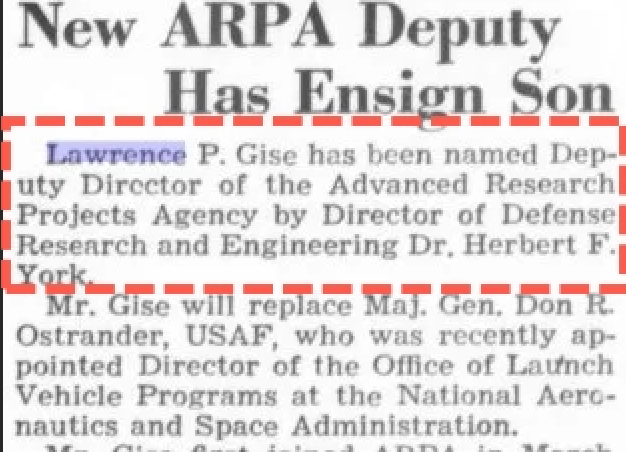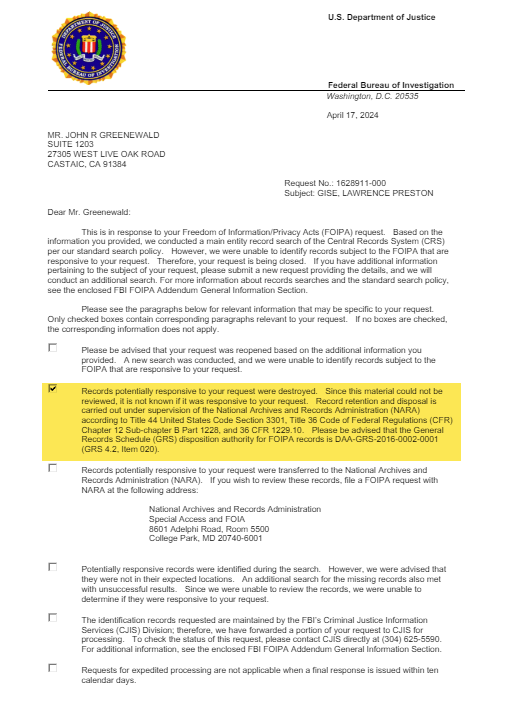Xaira Therapeutics launched April 23 with $1 billion behind it to apply artificial intelligence to drug discovery and development. It was the largest initial commitment from backer ARCH Venture Partners in the biotech-focused fund’s nearly 40-year history, highlighting the flood of interest and investment in harnessing the power and potential of generative AI to advance the biopharma industry.
While AI has been used in biopharma R&D and marketing for years, generative AI is a newer variety that can produce new ideas, words, images, audio and video. The generative AI trend in the industry was precipitated by the November 2022 release of ChatGPT, said Ben Mabey, chief technology officer of AI drug discovery firm Recursion Pharmaceuticals. “[That] triggered the imaginations of execs across the board.”
Some companies are working directly with ChatGPT developer OpenAI. Late last month, for example, Moderna expanded its collaboration with OpenAI to integrate generative AI into all of its business and R&D operations. Other biopharma firms are partnering with life sciences–focused AI services companies or Big Tech companies looking to tap the biopharma market. Still others are developing generative AI technology in house.
“It’s just an exciting time to be in the space now,” Mabey told BioSpace, “because people are finally waking up to the potential here.”
Bryan Hill, VP and chief digital officer for life sciences IT consulting firm Cognizant, agreed that generative AI has grabbed the attention of the biopharma world, “inspiring the art of the possible” since ChatGPT burst onto the scene. “The last 18 months has been filled with ‘educate me,’” Hill said. Now, he added, companies are starting to understand how to apply it.
Figuring Out Generative AI
So far, the biopharma industry at large has mostly been “kicking the tires” on generative AI, Hill said. “A lot of effort has been more geared towards the internal workflows and processes,” such as literature searching and summarization to assist with document writing, he continued, but the potential includes optimization of every stage of pharma R&D, from target discovery to drug development to regulatory approval to commercialization and postmarket pharmacovigilance.
Dane Stout, head of digital transformation at NNIT, the IT and consulting spinoff of Novo Nordisk that largely serves emerging biopharma companies, said he does not believe that anyone fully has their arms around generative AI yet in terms of drug development, but he sees remarkable potential for the technology. While the use of AI in drug discovery is well established, he said, his group at NNIT spends a lot of time working in what he called the “muddied middle” between target discovery and commercialization. That means drug development and clinical trial execution, areas in which companies are just beginning to capitalize on generative AI, Stout said.
In theory, the possibilities are endless, from predicting success of research and stratifying patients in clinical trials to assessing commercialization strategies and executing pharmacovigilance. But it all hinges on feeding the models enough data.
Generative AI, including “large language models” (LLMs), is built on deep learning algorithms trained on huge amounts of data. Mike King, senior director of product and strategy by contract research organization and healthcare analytics giant IQVIA, noted that ChatGPT is based on an LLM called Generative Pre-trained Transformer, now on version 4. “It’s been trained [on] over 30 years’ worth of internet history,” King said. “That dataset is massive.”
But scientific knowledge is constantly changing, so ChatGPT may not be as accurate in life sciences, because information may be out of date and not always considered in context of current biopharma regulation, according to King.
“I think our biggest challenge is helping our customers get their data into the right state,” added Dotmatics’ Alister Campbell, VP and global head of science and technology at the R&D-focused software company. “Scientific software companies have found it very difficult to keep up with how fast science develops, and that’s our task now, to make sure that we stay on top of that.”
A Deeper Connection Between Biopharma and IT
To make the most of the potential opportunity, IT firms are investing in and partnering with life sciences companies.
NVIDIA, for example, has built an AI-focused partnership with Amgen, which has begun applying predictive models to ideas generated by AI. According to Kimberly Powell, the company’s VP of healthcare, this continuous feedback loop has allowed Amgen to shorten antibody design from two years to nine months.
In addition, NVIDIA has invested in and is providing AI support to Recursion Pharmaceuticals and Iambic Therapeutics. Moreover, the high-performance computing giant last year introduced BioNeMo, a cloud service for generative AI in drug discovery. The platform indexes external LLMs and other models that power generative AI, staying current by accessing updates as they are released, according to Powell.
NVIDIA also has an alliance with Cognizant, which itself partners not only with pharma companies including Boehringer Ingelheim and Takeda and radiotherapy giant Accuray, but also Big Tech firms like Microsoft and Google. Google parent firm Alphabet has an AI-driven startup called Isomorphic Laboratories that has been pushing into drug R&D since 2021. NNIT recently announced a global AI initiative, though it is not specific to drug development.
Powell said that LLMs have an important role to play in all stages of pharma processes, including by allowing for rapid trial and error, a sentiment echoed by others who spoke to BioSpace.
Generative AI might influence discovery by generating ideas that humans would not naturally think of. “[It could be] a protein that nature’s never made before, in a way that it actually could be a protein that has therapeutic effects, or a chemical compound that we otherwise haven’t synthesized and does not exist in any database in the world,” Powell explained.
On the back end of drug development, NNIT’s Stout said that generative AI can be helpful in compiling data from thousands of documents to prepare FDA submissions, Stout said. In the same vein, it might have a role in technology transfer by making data more accessible.
“I think people are looking to get away from layers and layers of software tools and stacks,” Stout said, noting that one client asked for a “digital front door” for external partners to collaborate. NNIT ended up deploying what Stout described as an “AI-assisted data ingestion engine.”
“I call it pragmatic AI,” Stout said.
Rachael Brake, the recently hired chief scientific officer at Zephyr AI, sees generative AI moving to support specific areas and processes where it can have the most effect on outcomes, time or cost. Zephyr, which counts Eli Lilly as an investor and NexImmune as a partner, has decided to concentrate on drug response prediction by seeking to extract high-quality data even if a patient cohort is small.
“Making a medicine that doesn’t actually solve for a problem actually is not very valuable to anybody,” Brake said. “Where we can bring value is to uncover the problem and then to be able to direct the biopharma partner in terms of what would need to be the solution.”
https://www.biospace.com/article/generative-ai-finds-its-footing-in-drug-development/




